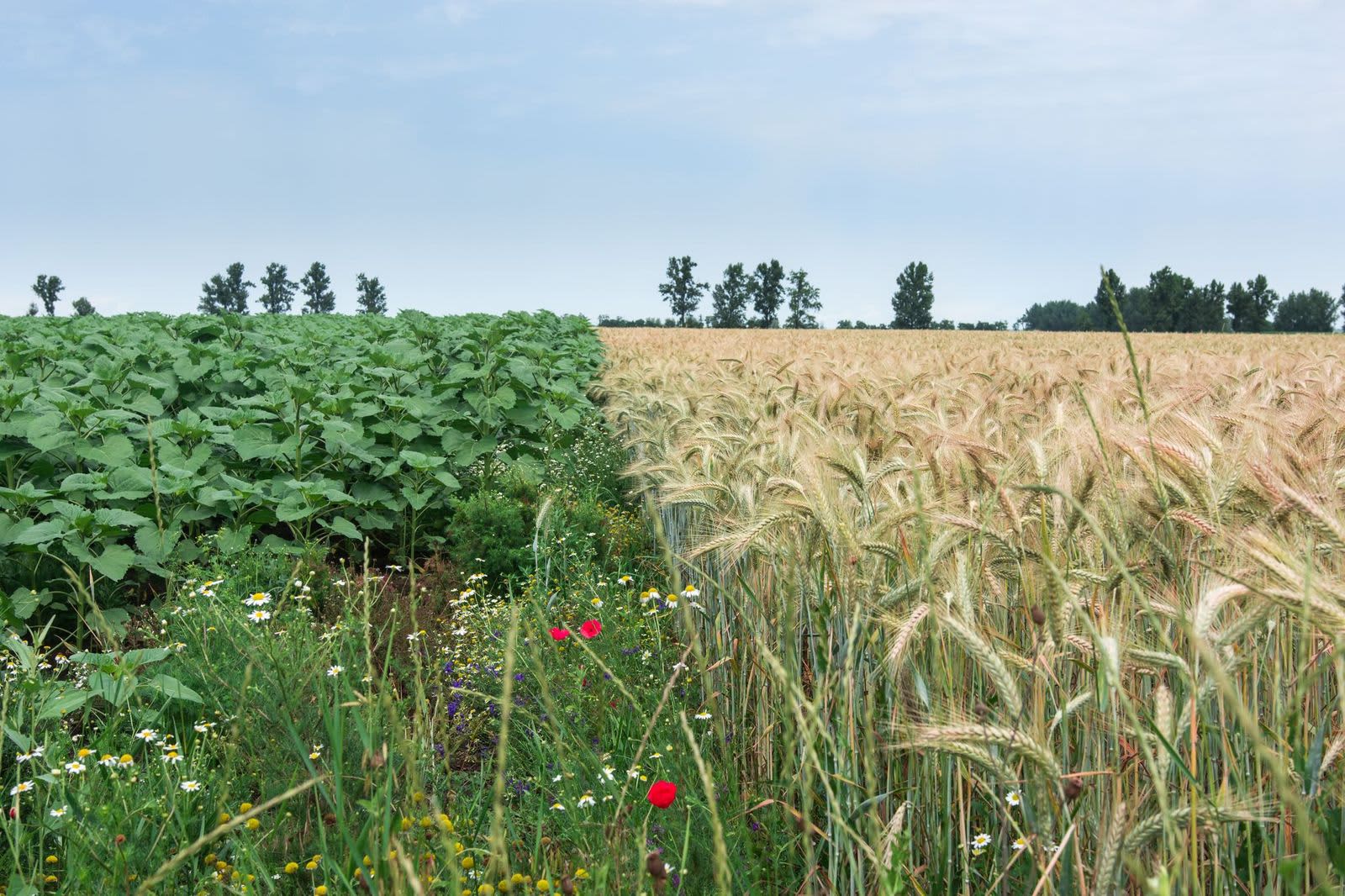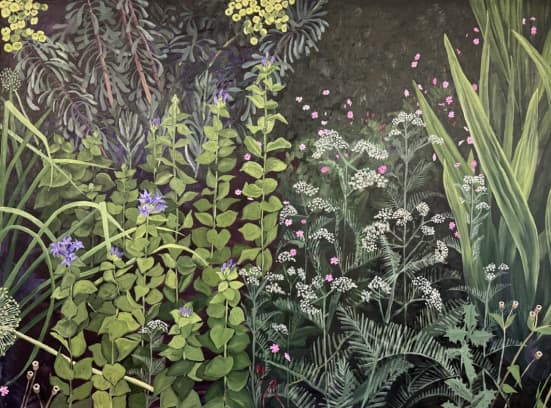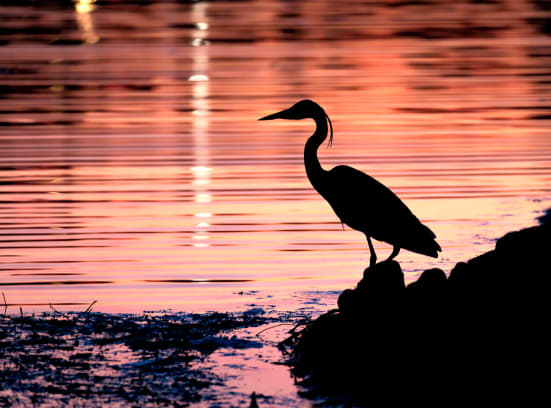Biodiversity offsetting…sounds a bit scary doesn’t it? Sounds really like something that big developers and huge government organisations do. How could you as an individual landowner help?
 Anyone who has some land and falls within certain designated areas can benefit from the government’s biodiversity offsetting initiatives. There are many schemes available for people who may be able to offer a part of their land to offset damage done by large construction and infrastructure projects.
Anyone who has some land and falls within certain designated areas can benefit from the government’s biodiversity offsetting initiatives. There are many schemes available for people who may be able to offer a part of their land to offset damage done by large construction and infrastructure projects.
Probably the most well-known biodiversity offset fund we have had available in our area was the Network Rail fund which was put in place to offset the damage done to the surrounding habitats of the electrification of the Great Western Railway. The work done during the electrification process had an inevitable adverse effect on local wildlife, some habitats were lost or damaged, including woodlands, grasslands, meadows and scrublands. Those habitats once lost and damaged need to be replaced and repaired.
Offsetting is the last stage of conservation and protection during development; initially during the planning phase the damage to wildlife is firstly avoided, then during the actual project it is minimised and eventually reversed where possible. The remaining damage will then be offset, this will usually occur in a location where there is already existing habitat or near to existing habitats.
Biodiversity offsetting cannot be used on sites that include Ancient Woodlands, Sites of Scientific Interest and national nature reserves. These sites are afforded a higher level of protection where development and possible habitat loss is concerned.
Funding is available within our region through various funds at the moment and grants can be offered for projects that can offer any improvement to biodiversity in the following habitat areas;
- Woodlands
- Wetlands
- Ponds
- Rivers
- Greenspaces and Meadows
- Improvements to the wider countryside and to improve access to nature
So, for instance you have land that is near to an existing wildlife habitat or land that could become a new biodiverse habitat which benefits nature and wildlife as a whole, there is likely to be funding available to pay for some or all of your project.
There has been such a diverse array of projects paid for with biodiversity offsetting in our region, from creating circular walks in Buscot to new freshwater habitats in Cuttlebrook Nature Reserve; there really is funding available for wide ranging and diverse projects.
James Gillies launched his land management and consultancy services in 2016 when he was accepted as a Member of the British Institute of Agricultural Consultants (MBIAC), a body which recognises and promotes agricultural consultants. In December 2018 he was elected as a Member of Institute of Agricultural Management – recognising and promoting the highest standards in Agricultural Management practices (MIgrAM). With 20 years’ practical experience in habitat creation and land management he offers a bespoke service and deals directly with clients to manage all aspects of the habitat creation or land management project.









